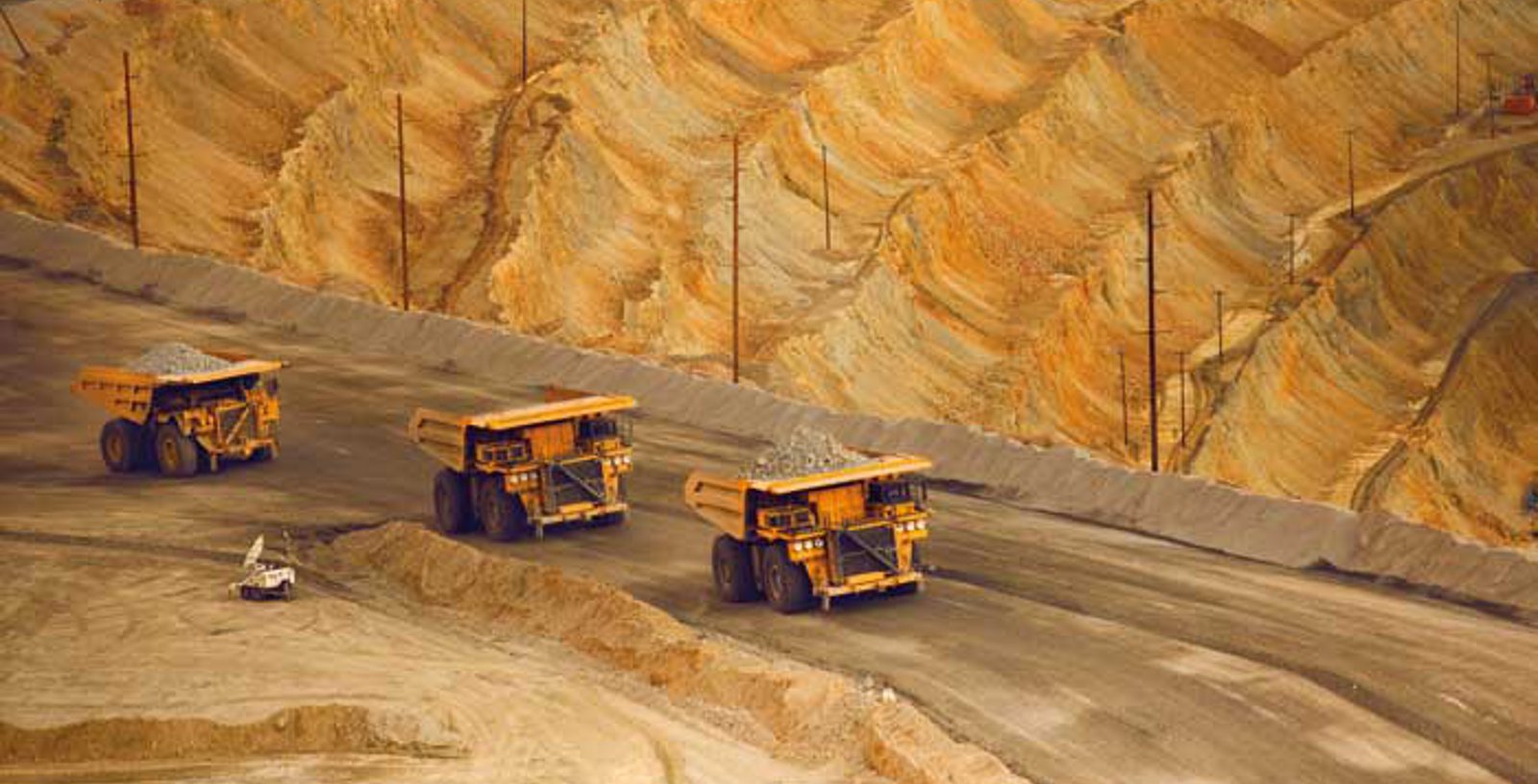The impact of critical minerals on national security

In 1954, the United States was only fully reliant on foreign sources for eight mineral commodities.
Fast forward 60+ years, and the country now depends on foreign sources for 20 such materials, including ones essential for military and battery technologies.
This puts the U.S. in a precarious position, depending largely on China and other foreign nations for the crucial materials such as lithium, cobalt, and rare earth metals that can help build and secure a more sustainable future.
America’s energy dependence
Today’s visualization comes from Standard Lithium, and it outlines China’s dominance of the critical minerals needed for the new energy era.
Which imported minerals create the most risk for U.S. supply chains and national security?

Natural resources and development
Gaining access to natural resources can influence a nation’s ability to grow and defend itself.
China’s growth strategy took this into account, and the country sourced massive amounts of raw materials to position the country as the number one producer and consumer of commodities.
By the end of the second Sino-Japanese War in 1945, China’s mining industry was largely in ruins. After the war, vast amounts of raw materials were required to rebuild the country.
In the late 1970s, the industry was boosted by China’s “reform and opening” policies, and since then, China’s mining outputs have increased enormously.
China’s mining and material industries fueled the rapid growth of China from the 1980s onwards.
Supply chain dominance
A large number of Chinese mining companies also invest in overseas mining projects.
China’s “going out” strategy encourages companies to move into overseas markets.
They have several reasons to mine beyond its shores: to secure mineral resources that are scarce in China, to gain access to global markets and mineral supply chains, and to minimize domestic overproduction of some mineral commodities.
This has led to China to become the leading producer of many of the world’s most important metals while also securing a commanding position in key supply chains.
As an example of this, China is the world’s largest producer and consumer of rare earth materials.
The country produces approximately 94% of the rare earth oxides and around 100% of the rare earth metals consumed globally, with 50% going to domestic consumption.
US-China trade tensions
The U.S. drafted a list of 35 critical minerals in 2018 that are vital to national security, and according to the USGS, the country sources at least 31 of the materials chiefly through imports.
China is the third largest supplier of natural resources to the U.S. behind Canada and Mexico.

This dependence on China poses a risk. In 2010, a territorial dispute between China and Japan threatened to disrupt the supply of the rare earth elements.
Today, a similar threat still looms over trade tensions between the U.S. and China.
China’s scale of influence over critical minerals means that it could artificially limit supply and move prices in the global clean energy trade, in the same way that OPEC does with oil. This would leave nations that import their mineral needs in an expensive and potentially limiting spot.
Moon shot: building domestic supply and production
Every supply chain starts with raw materials. The U.S. had the world’s largest lithium industry until the 1990s—but this is no longer the case, even though the resources are still there.
The U.S. holds 12% of the world’s identified lithium resources, but only produces 2% of global production from a single mine in Nevada.
There are a handful of companies looking to develop the U.S. lithium reserves, but there is potential for so much more.
Less than 18% of the U.S. land mass is geologically mapped at a scale suited to identifying new mineral deposits.
The United States has the resources, it is just a question of motivation. Developing domestic resources can reduce its foreign dependence, and enable it to secure the new energy era.
(By Nicholas LePan)
{{ commodity.name }}
{{ post.title }}
{{ post.date }}

Comments
Suscripción Premium
Aprecio cómo has abordado los desafíos prácticos que podrían surgir al aplicar las teorías discutidas en el artículo.